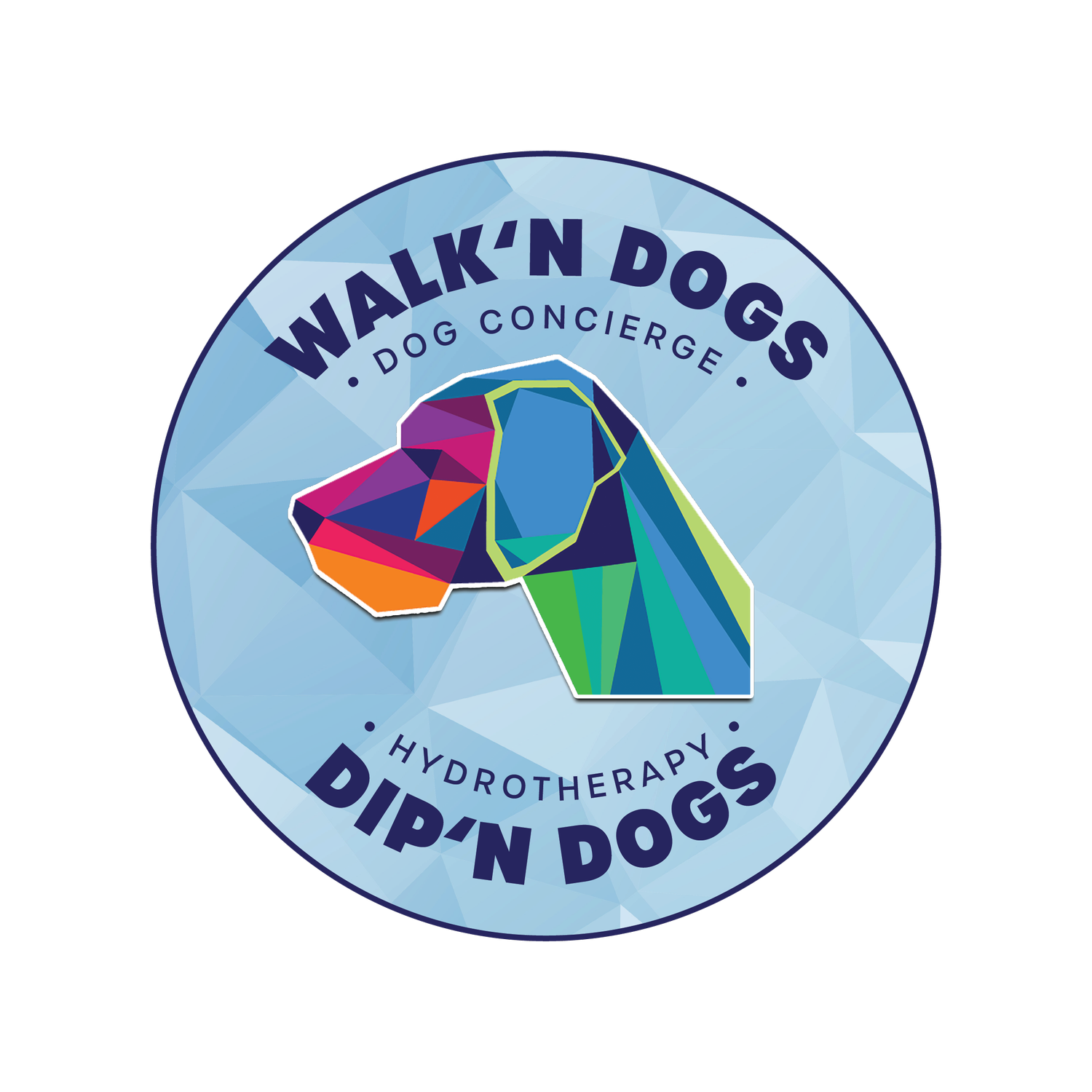Canine Water Therapy for Cruciate Ligament Tear (CCL)
Explaining Cranial and Anterior Tears
The knee joint is a type of hinge joint. It is relatively unstable because of the absence of interlocking bones in the joint. It is held together by several ligaments, including the cruciate ligaments, which allow it to move back and forth, but restrict its side-to-side motion. Acute or traumatic cruciate tearing is caused by a twisting injury to the knee joint. This typically occurs when a canine is running and suddenly changes direction. By doing this, it places the majority of the body weight on the knee joint and powerful forces on the cruciate ligaments. This injury most often affects the anterior(ACL) or cranial(CCL) ligament. A cruciate ligament rupture is extremely painful making the knee joint become unstable and resulting in lameness. Chronic forms of cruciate damage can occur by progressive weakening of the ligaments as a result of repeated trauma or arthritic disease. At first, the ligament becomes stretched or partially torn and lameness may be only slight and intermittent. But with continued use of the joint, this condition gradually gets worse until a complete tear occurs.
Alternatives to Surgery
Veterinarians see most ligament patients soon after their injuries, when symptoms are acute, or weeks/months later, after symptoms become chronic. If not immediately treated, most ligament injuries appear to improve but the knee remains swollen. Abnormal wear between bones and cartilage also creates degenerative changes that result in bone spurs, chronic pain, loss of motion, and arthritis. In some patients, bone spurs appear within one to three weeks of a ligament injury. If there is swelling on the inside of the knee, this indicates the development of arthritis in patients with old injuries. Completely torn CCL in dogs are always a surgical case because the knee cannot function correctly. However, whenever the tear is partial, nonsurgical techniques can be given a try. If symptoms improve during that time, the odds favor recovery without surgery. If symptoms do not improve, holistic techniques can be used as pre- and post-operative therapy and conditioning.
Physical and Dietary Therapies
The most popular treatments for injured dogs include aqua therapy, acupuncture, acupressure, chiropractic, and massage. All of these therapies can help with pain management, reduce soreness, accelerate repair process, release muscle tension and stress, minimize the building of scar tissue, reduce inflammation and clear the affects of anesthesia. Hydrotherapy provides top notch benefits for dogs recovering from ligament injuries. Dogs receive non-weight bearing exercise without pressuring their joints. It’s also a smart and safe form of release for a dog to let off pent-up energy. Using controlled and full range-of-motion swimming, allows canines to build back atrophied muscle. When a dog has a partial tear, water therapy can prevent them from completely rupturing the ligament, as water exercise aids in muscle development. For complete tears, aqua therapy is used for post-surgical rehabilitation as well as continued management. It is almost inevitable that your dog will develop arthritis following this tear, which is why it is important to keep them in these types of therapies that support a healthy means of exercise and management. Joint supplements as well as CBD oil can benefit your dog by keeping their joints mobile and inflammation down. Dietary restrictions are just as important as physical restrictions when it comes to a dog’s rehabilitation. Excess weight brings additional stress to a canine’s joints. It is recommend to REDUCE not take away, fat and carbohydrates. Even if your dog is at a healthy weight, he/she will not require the same amount of food, due to activity being extremely limited. Consult with your vet to recommend a nutritious meal plan that works best for your specific dog.
Breeds Who Have a Higher Risk of Developing Cruciate Ligament Tears
Pitbulls
Rottweilers
Labrador Retriever
Golden Retriever
German Shepherd Dogs
Saint Bernards
Akitas
Newfoundlands
Mastiffs
Chesapeake Bay Retriever
Any dog can injure their cruciate ligament, however larger breed dogs are more prone to injury due to their weight and size. Young, athletic dogs who run often and play hard can turn or step the wrong way and then suddenly not be able to walk. These ligament tears are most common in dogs who compete in agility, field runs, dock diving, obedience and other sports. Older, large breed dogs that develop weakened ligaments can eventually tear, especially in dogs who are overweight. When a weakened ligament is stressed, a rupture can be triggered by activities that are very simple, like sitting on cue, stepping over a curb, or jumping off a couch. Smaller dogs are not necessarily less at risk, but their recovery time is much faster and typically easier than of larger dogs. Nonetheless, dogs in both size groups need a minimum of 6 months to show complete improvement.

